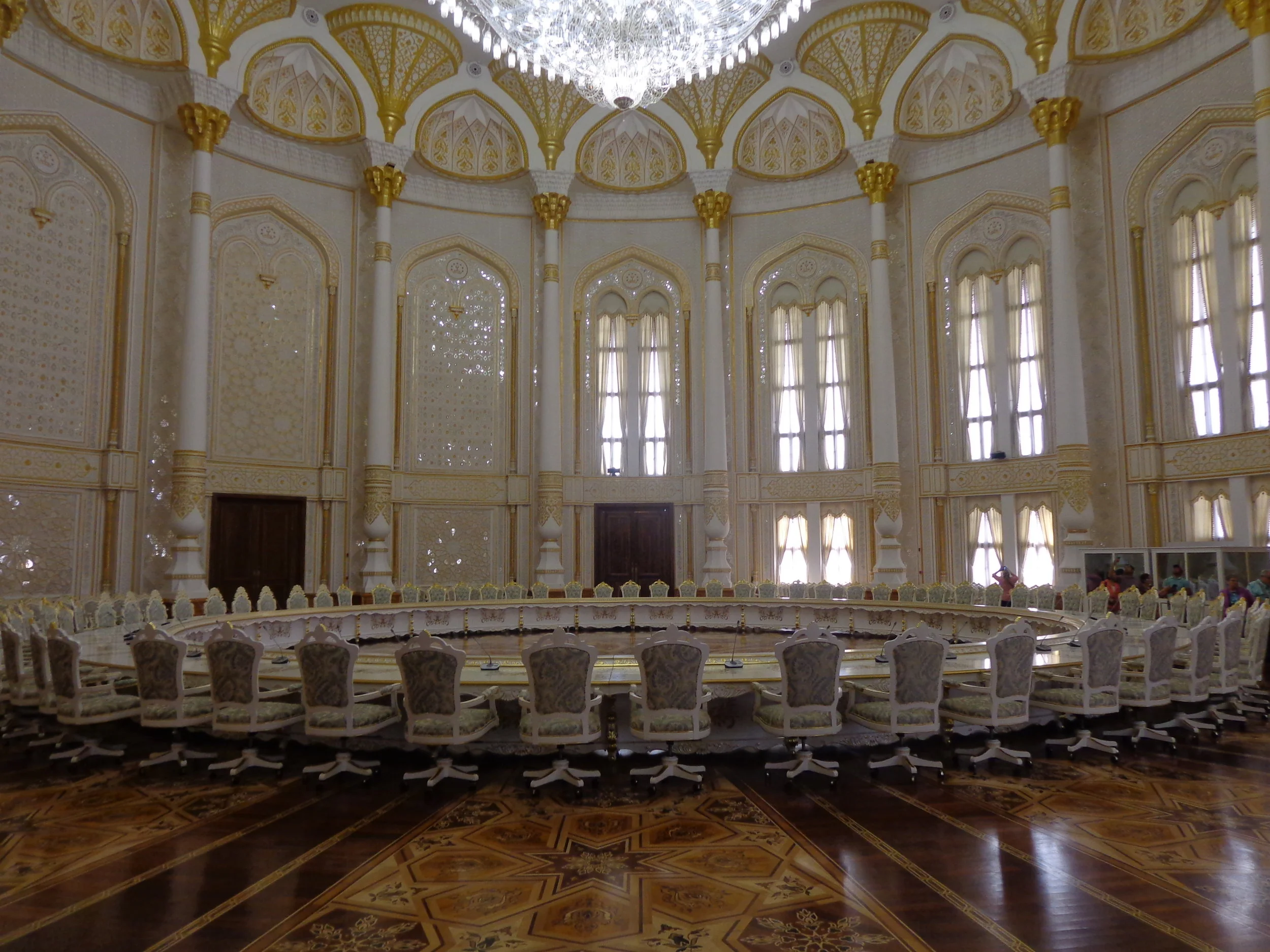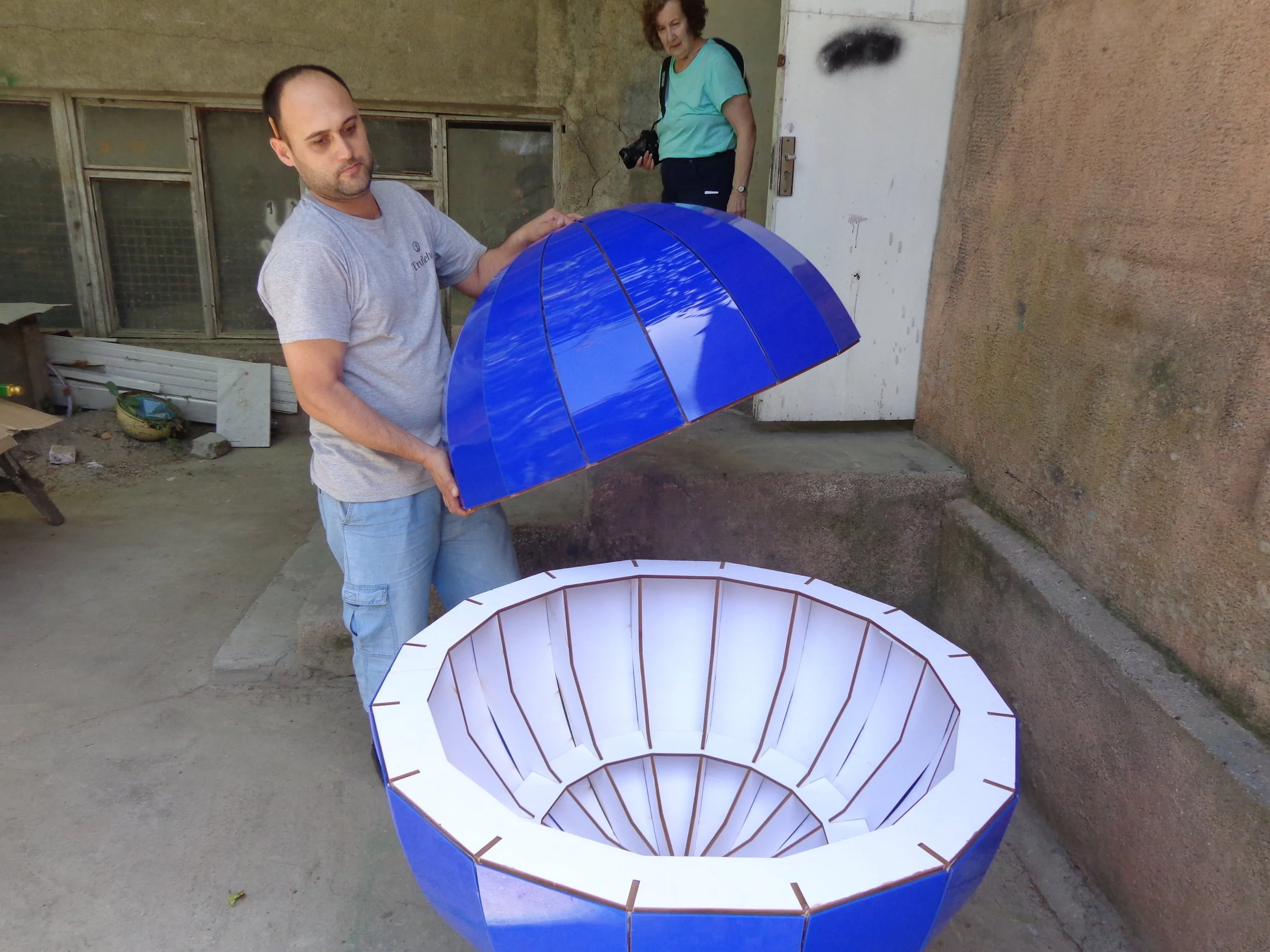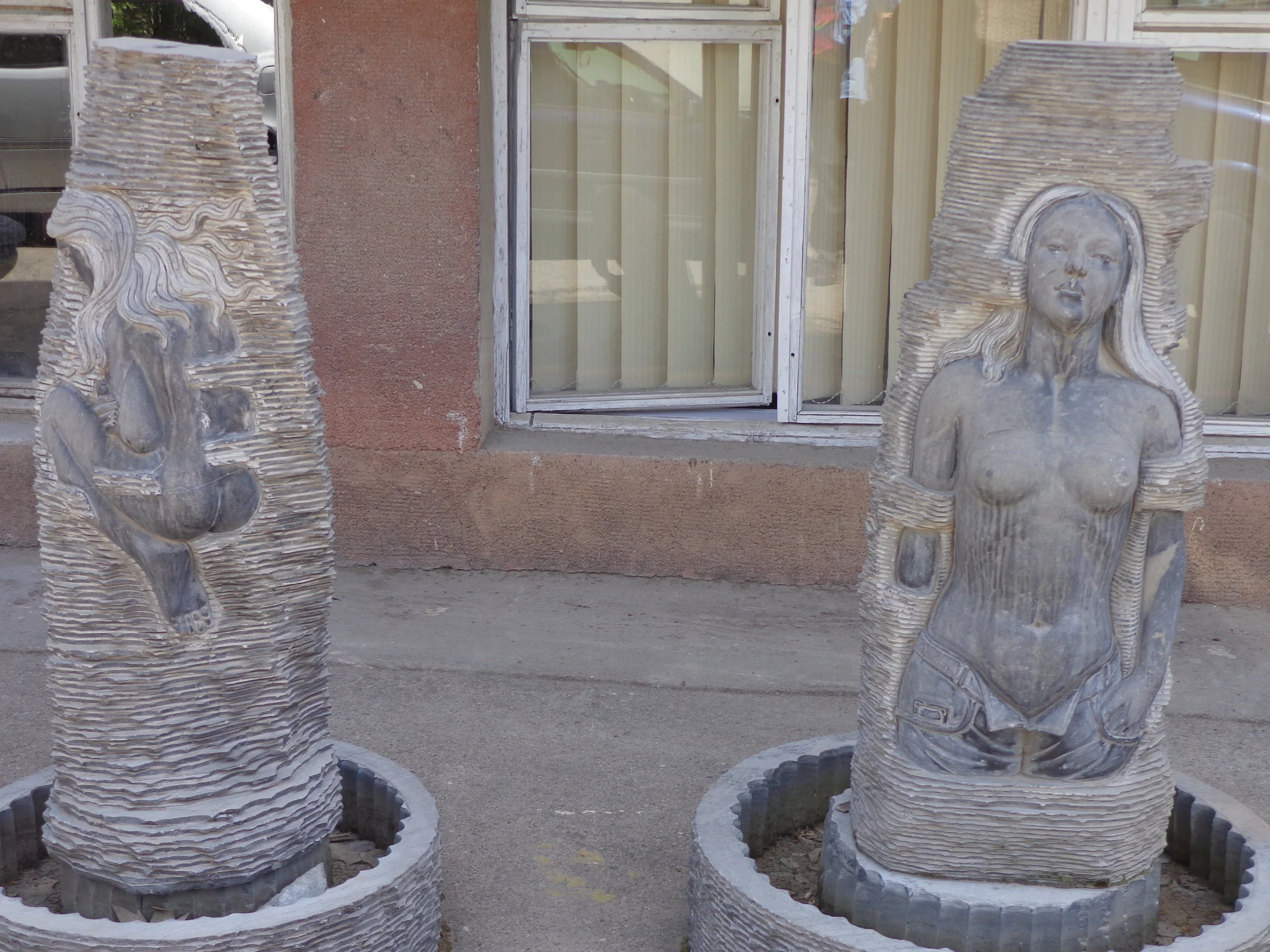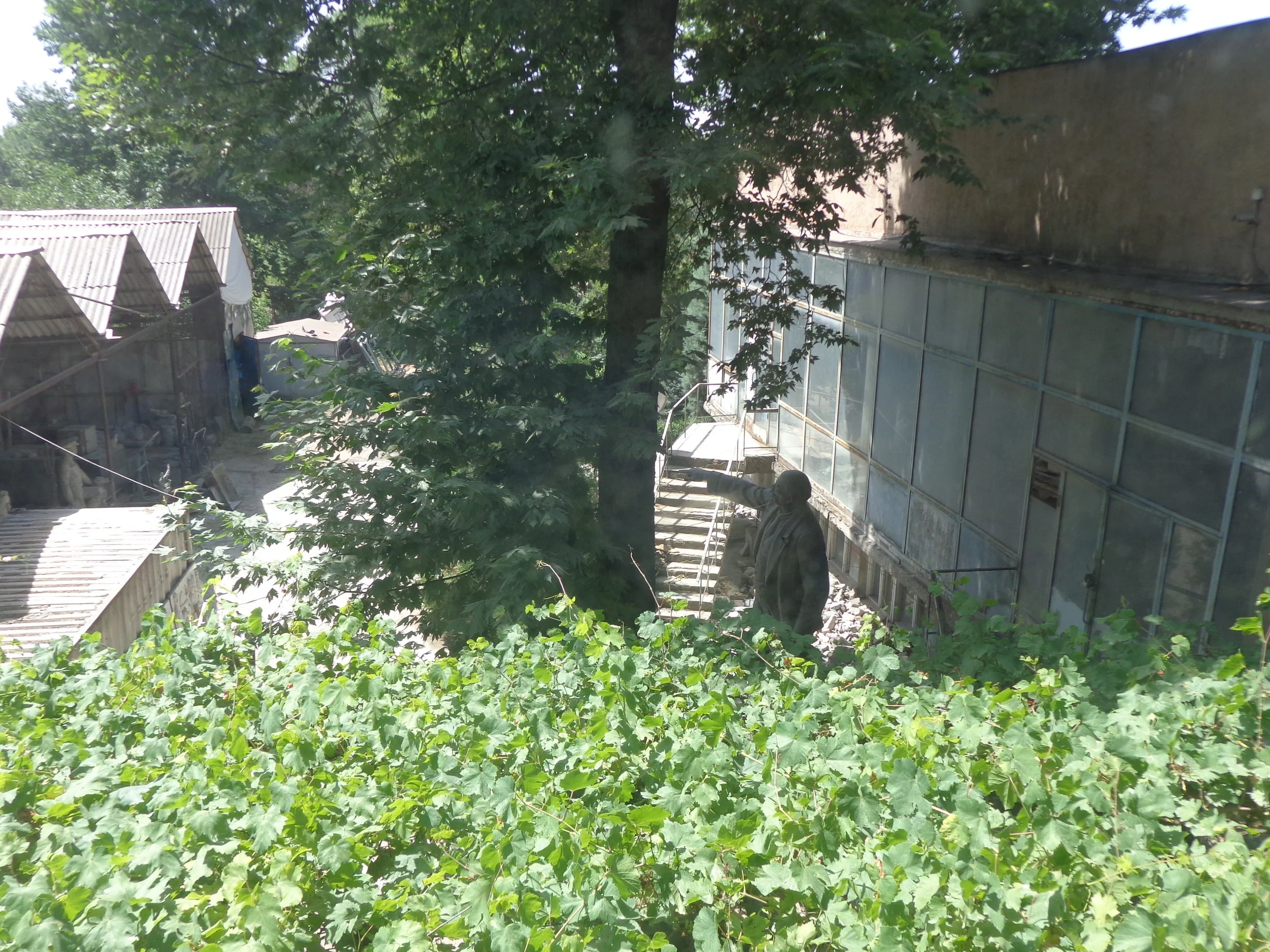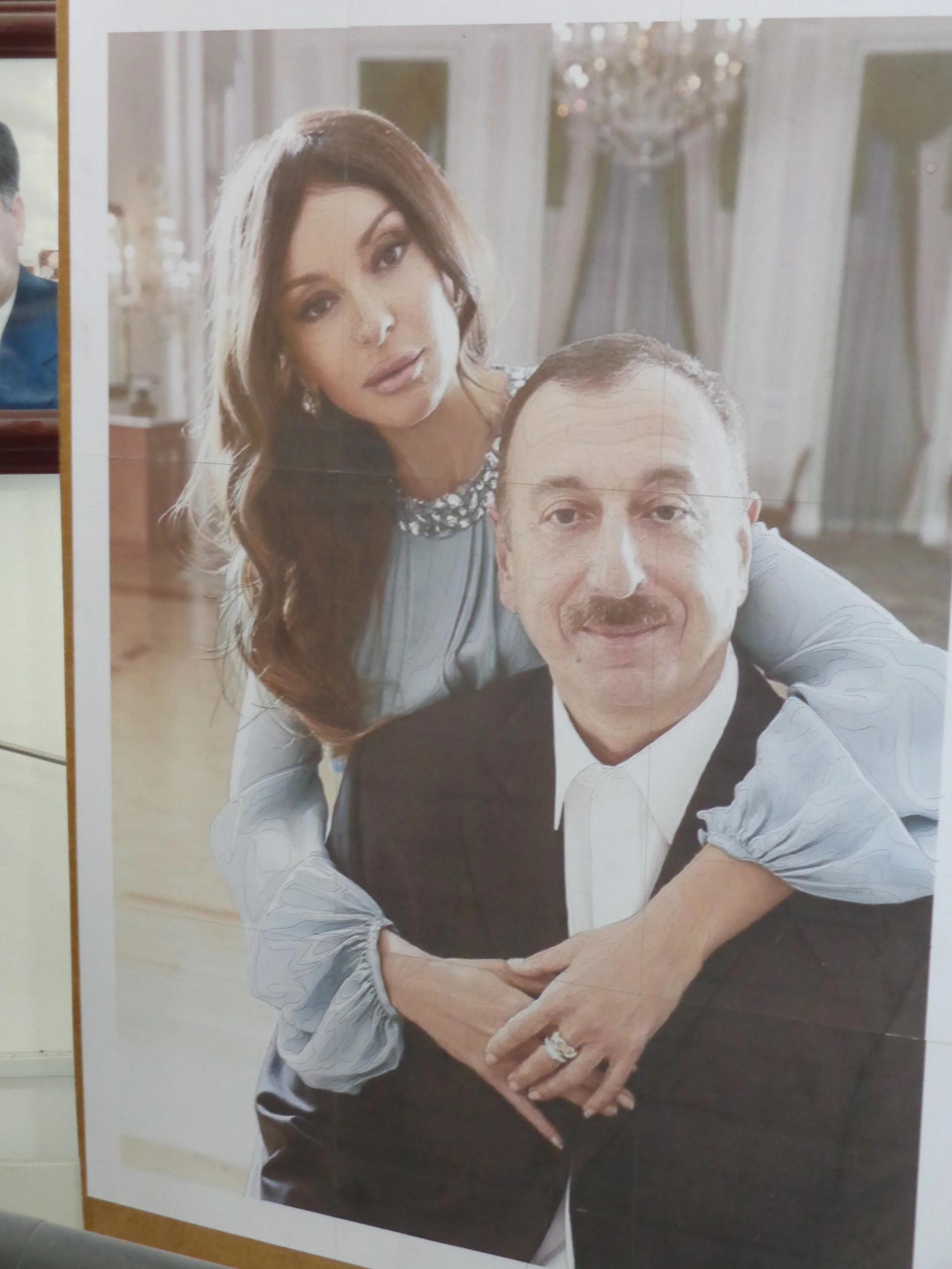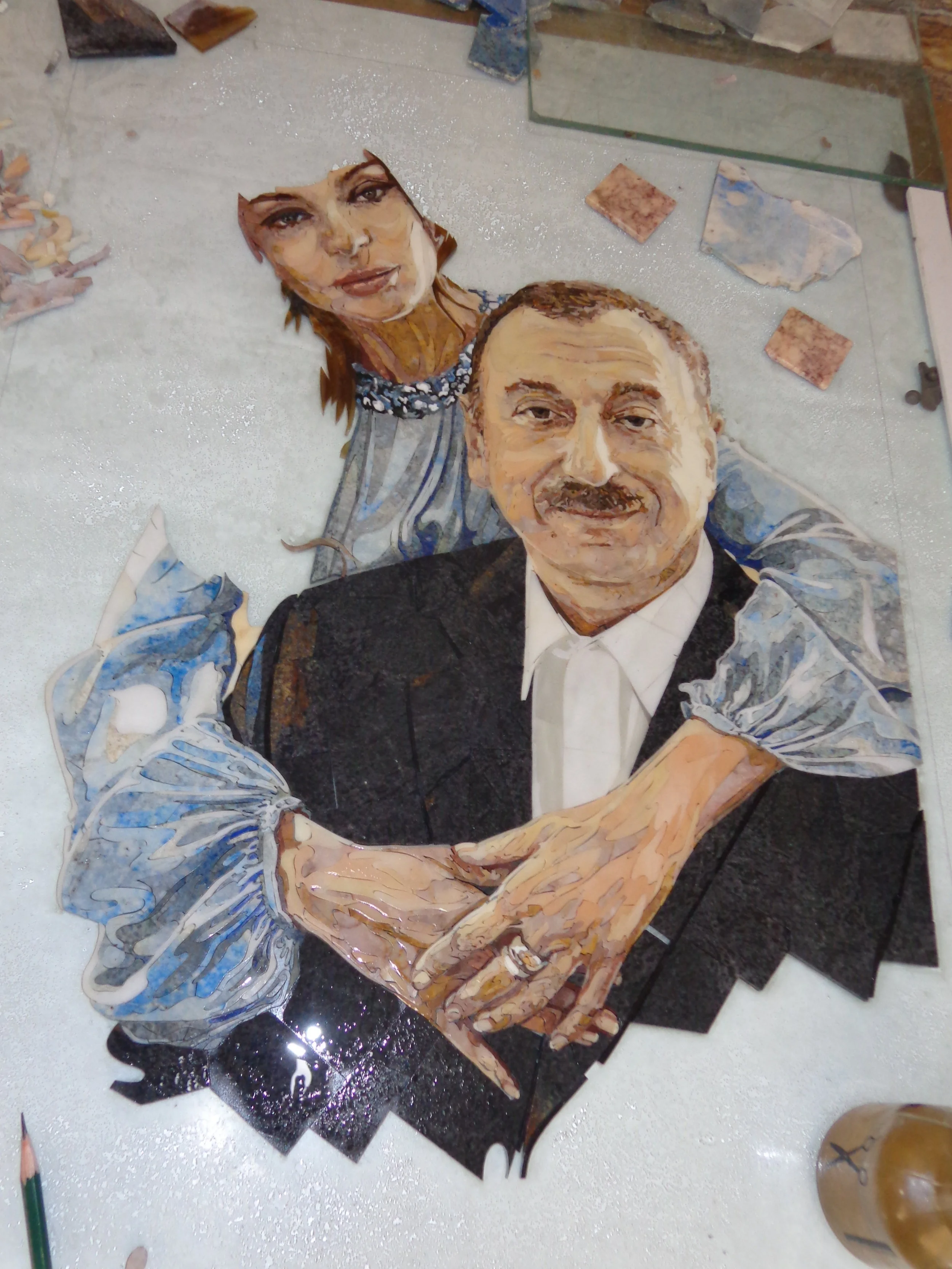Palace of Nowruz
Dushanbe’s grandest monument is probably the Palace of Nowruz. And for irony, it started out being planned as a simple teahouse. How it made the transition, I never really got that story. But today, there is nothing simple and plain about the Palace of Nowruz. The building itself is 151 feet tall and some 377,000 square feet. The palace plus the gardens, fountains, pavilions and all is about ten acres, so it’s a large parcel. From the start, nothing looked like a converted tea house.
The Nowruz Palace is a cultural and entertainment center. It was constructed using ancient architectural decorative traditions of Tajiks. It is a monument of culture. Tajik colors and style are captured in every element of the interior. The best craftsmen of Tajikistan were invited for decorative carving, wall decorations, woodcarving, Florentine mosaics, mosaic in colored glass, and painted ceilings.
You can see the palace in the first photo as we approached the building. The palace didn’t seem quite so big from the outside but it really is a large building. As we approached the building, I took the second photo. I was really too close for these photos but the building was designed in the form of a crown, symbolizing the crown-bearing ancient Tajik nation.
Our entry to the palace was up the stairway in the third photo. We could already begin to see some of the details in the granite, the marble, the painted ceiling, the chandelier and so on.
Once up the stairs, I walked out to the left along the second story walkway and ended up taking the fourth photo. Again, from floor to ceiling it was all very impressive.
Looking out from where I took the fourth photo, I took the fifth photo. The grounds are also quite impressive. They have pavilions, water features and nicely planted gardens. Trees include redwood, fir, chestnut, maple, magnolia, pine, cypress, and birch. I’m sure that it looks spectacular in the fall with colorful leaves.








